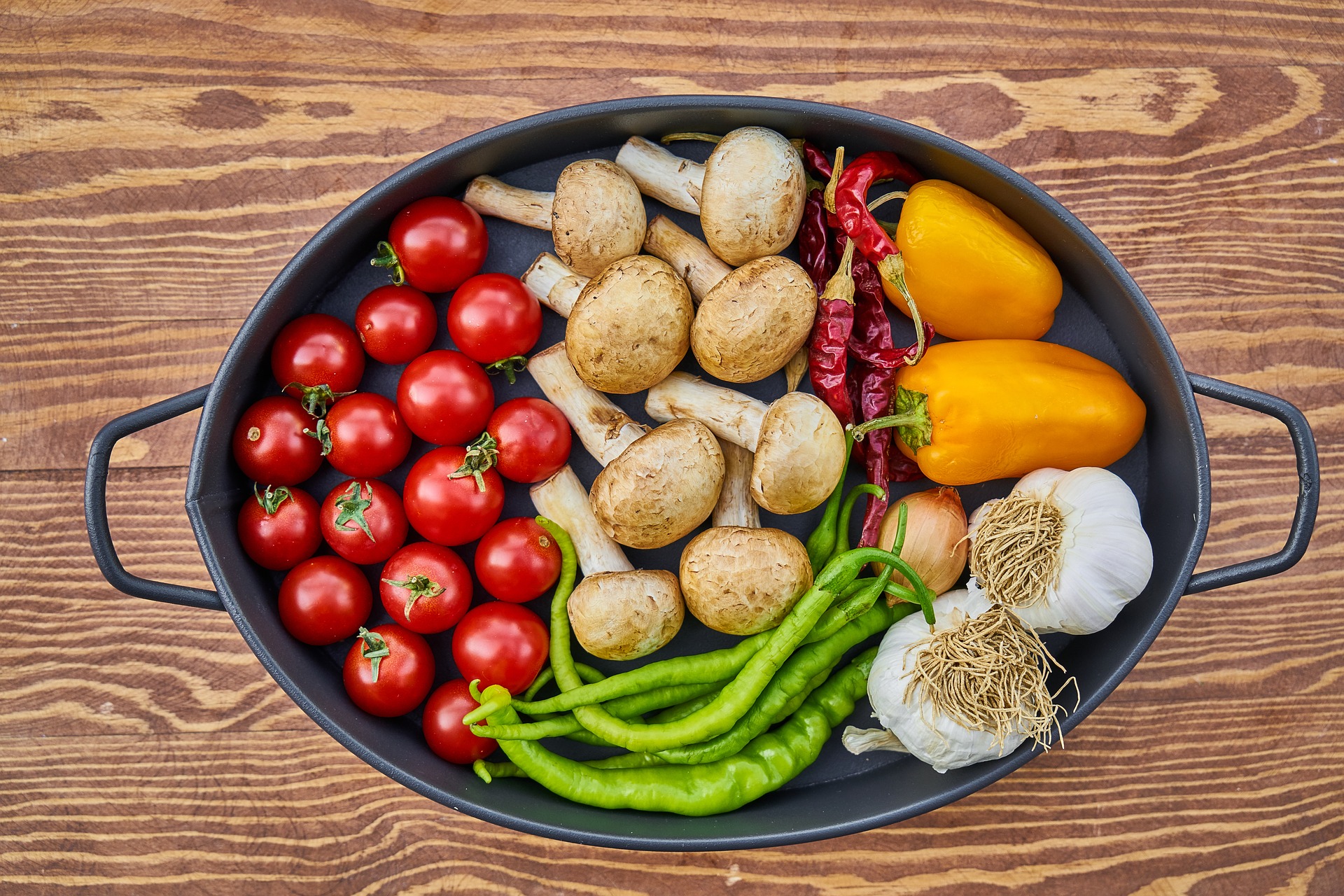The growth phase of a human body is completed between the age of 20 and 30 years. From then on, the body begins to develop back step by step and the performance decreases more and more, especially in old age. Muscle loss, poor eyesight or regular joint pain are just a few of the many symptoms of an aging body. Right now, proper nutrition is playing an increasingly important role. Here are some tips on how to design them.
Decreasing energy demand in old age
In addition to the physical abilities, the metabolism also changes with increasing age. As a result, older people can put in less energy per day than younger people. For example, a 25-year-old man consumes an average of 330 calories more in one day than a 65-year-old man. A 25-year-old woman averaged 170 calories per day compared to a 65-year-old woman.
Consequently, fewer calories should be consumed to avoid being overweight, which can cause diseases such as diabetes. Foods such as fruits and vegetables, wholegrain or dairy products, and fish are best suited to eating the right nutrient values.
Decreasing appetite can complicate a proper diet
From the age of 75 years, it often happens that the hunger and thirsty feel strongly. Right now, however, it is important to provide the body with the right food intake energy to prevent falls or diseases. On average, every person over the age of 70 should consume at least 1.3 liters of water per day. On hot days in summer even more. A helpful tip may be to always have a filled glass in front of you, which encourages you to drink. To whet the appetite, it is important that meals are always appetizing. Thus, the desire for food can be significantly increased.
Quellen: essen & trinken, Deutsche Gesellschaft für Ernährung, pflege.de


